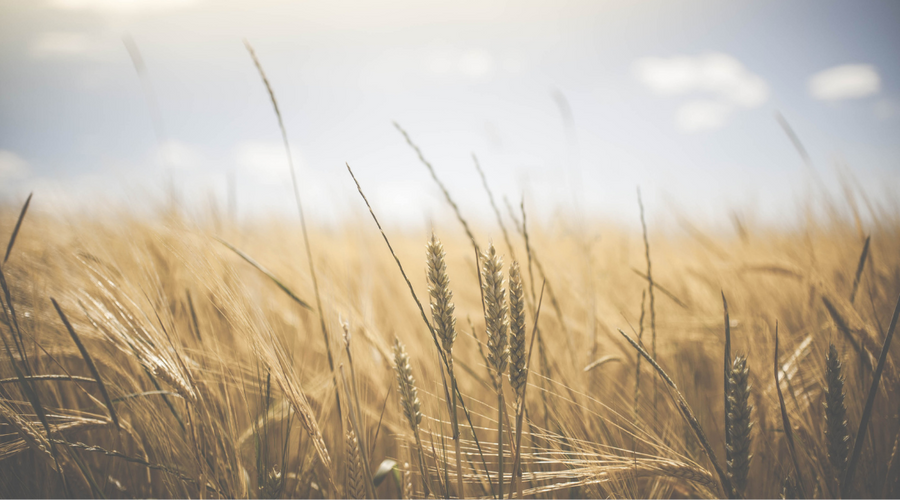Your cart is empty.
Let's change that. Start Shopping
Let's change that. Start Shopping
Feb 7, 2022

Biobased and BioPreferred were coined as part of the 2002 Farm Bill when the government introduced official legislation requiring Government Organizations to purchase more environmentally-friendly products. When the bill was passed, each product category was assigned a minimum biobased content requirement for products to be certified biobased.
Contrary to popular belief in the laundry cleaning category, biobased does not mean the product contains enzymes. According to the USDA, the official definition of biobased products is “how much ‘new’ or recent organic carbon is in an object or substance, compared to the amount of ‘old’ organic carbon it contains.” Things like paper, sugar, corn, and vegetable oils are considered organic carbon or organic content, while fossil fuels like coal and petroleum are not organic. Basically, biobased content comes from renewable resources (though these resources aren’t always good for the planet).
For Laundry Detergent, 34% of the final product must be made from biobased content after water is removed. Typical laundry detergent is made of 60-90% water. Only 34% of the product content needs to be biobased after water is removed, in total, 3%-14% of the final product.
There are two official Biobased labels, a Mandatory Federal Purchasing label, and a Voluntary Label – most consumer products that claim to be biobased include the voluntary label.
Brands like Seventh Generation, NBD, and Tide PurClean use some of the most popular biobased ingredients: Sodium Lauryl Sulfate (SLS), Laureth-6, and Laureth-7. SLS is an oil-based surfactant (usually made from palm oil) that contains sulfates. In a German study, 42% of participants reported an allergic reaction to SLS. Laureth-6 and Laureth-7 are also derived from plant oils like coconut or palm kernel oil, which are chemically reacted with ethylene oxide (a petroleum-based, carcinogenic gas) to create the final surfactant, Laureth.
Many brands use these terms interchangeably, and both are often considered forms of greenwashing. While most biobased ingredients are plant-based (palm oil, for example), it doesn’t mean they’re natural or good for the environment.
While our ingredients are Biobased by the USDA definition, we haven't sought the biobased certification as it's one way that many brands greenwash their products. Similar to plant-based labels, these claims can be good ways to throw consumers off since ingredient labels on cleaning products are so hard to decipher.